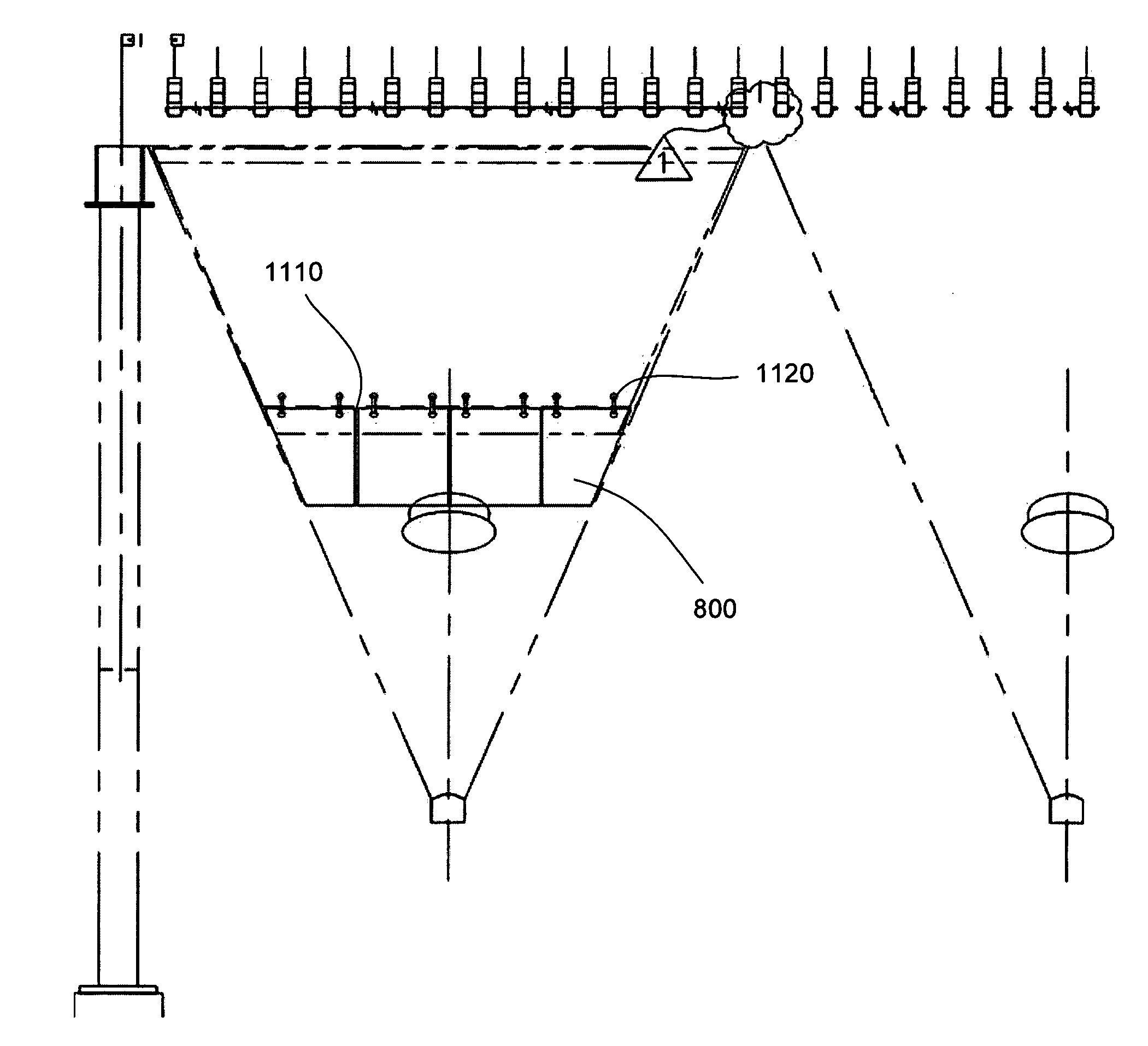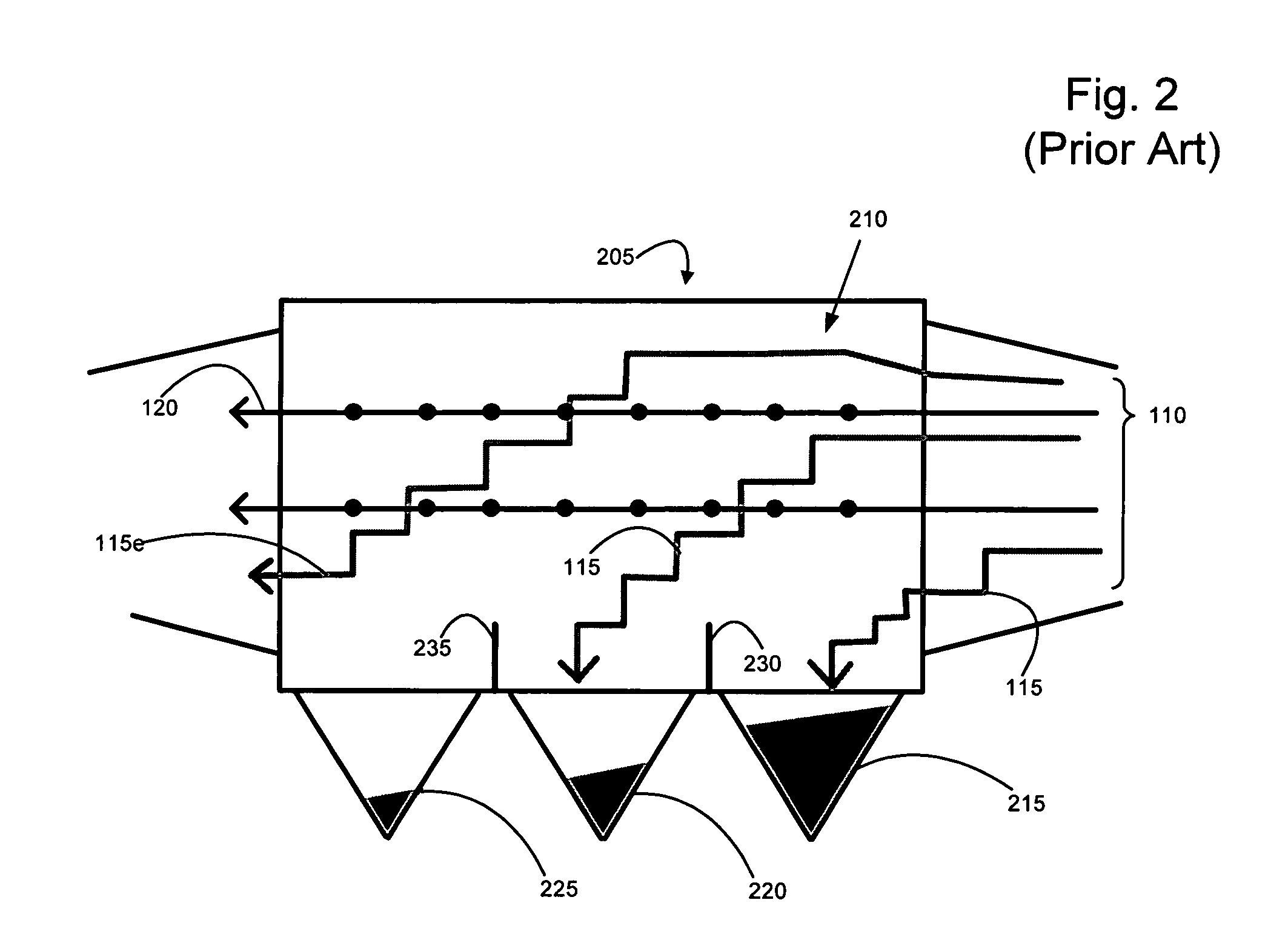Systems and methods for organic particulate filtration
a technology of organic particulate filtration and system, applied in the direction of filtration separation, auxillary pretreatment, separation process, etc., can solve the problems of large percentage of organic particulate, increased operating cost, and permitted to exit the system as undesirabl
- Summary
- Abstract
- Description
- Claims
- Application Information
AI Technical Summary
Benefits of technology
Problems solved by technology
Method used
Image
Examples
Embodiment Construction
[0031]To facilitate an understanding of the principles and features of the invention, it is explained hereinafter with reference to its implementation in an illustrative embodiment. In particular, the invention is described in the context of being an organic particulate filtration system for a power plant. Embodiments of the invention, however, need not be implemented in a power plant but can be used whenever a combustion process can generate residual organic components. For example not limitation, embodiments of the invention can be used in, or in conjunction with, heavy oil fire utility boilers that burn crude oil, or biomass units that burn pulp wood or bark.
[0032]The components described hereinafter as making up the various elements of the invention are intended to be illustrative and not restrictive. Many suitable components that would perform the same or a similar function as the components described herein are intended to be embraced within the scope of the invention. Such ot...
PUM
| Property | Measurement | Unit |
|---|---|---|
| Angle | aaaaa | aaaaa |
| Angle | aaaaa | aaaaa |
| Angle | aaaaa | aaaaa |
Abstract
Description
Claims
Application Information
 Login to View More
Login to View More - R&D
- Intellectual Property
- Life Sciences
- Materials
- Tech Scout
- Unparalleled Data Quality
- Higher Quality Content
- 60% Fewer Hallucinations
Browse by: Latest US Patents, China's latest patents, Technical Efficacy Thesaurus, Application Domain, Technology Topic, Popular Technical Reports.
© 2025 PatSnap. All rights reserved.Legal|Privacy policy|Modern Slavery Act Transparency Statement|Sitemap|About US| Contact US: help@patsnap.com



